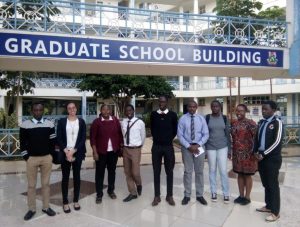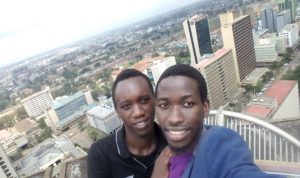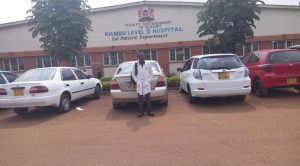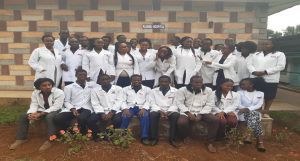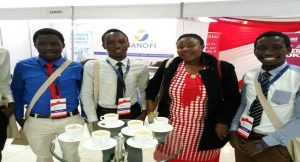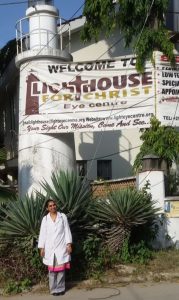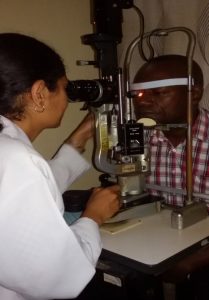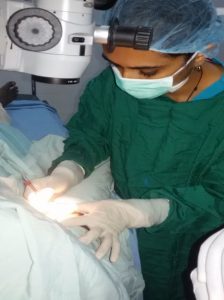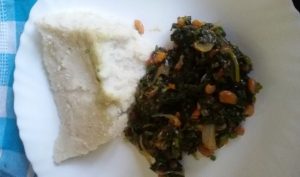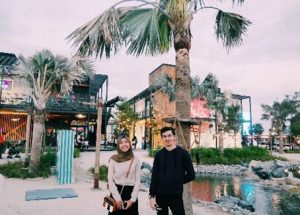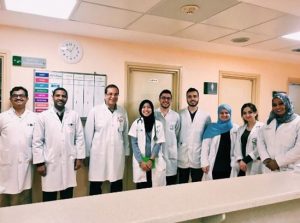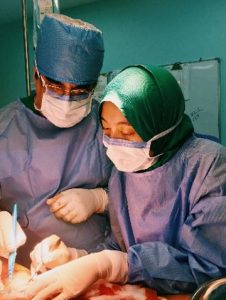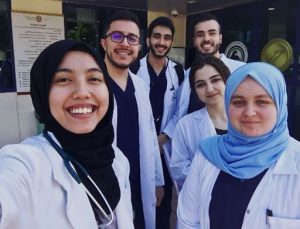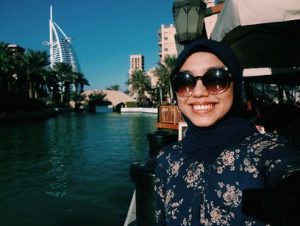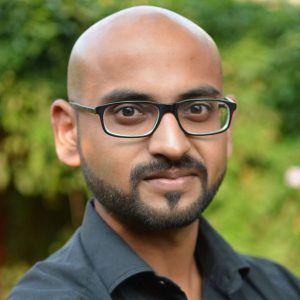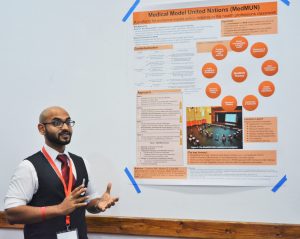Post by WAMUBIRIGWE EMMANUEL MAKERERE, a medical student at Makerere University College of Health Sciences (Uganda) who completed a elective exchange at Kenyatta University School of Health Sciences (Kenya)
Acknowledgement
I am grateful to the Global Educational Exchange in Medicine and Health Professions (GEMx) for this opportunity to participate in the exchange program at Kenyatta University and facilitating my electives period and stay in Kenya.
I would also like to appreciate Ms. Faith Nawagi the African GEMx representative, Dr.Ssinabulya Isaac GEMx coordinator at Makerere University and Ms. Phiona the assistant coordinator for international programs at MakCHS. Dr.Kahiga Titus, GEMx coordinator at Kenyatta University and Madam Dorothy for the good reception at Kenyatta University.
Dr.Ngatia Justus the chairman obstetrics and gynecology department Kenyatta University. Dr. Were Francis, my supervisor at Kenyatta University and the fourth year students I was rotating with, thank you for making my rotation wonderful.
Travels
It was on 25th May when we boarded the modern coast bus heading to Nairobi. We set off at around 10:45pm. All my colleagues Muhumuza Mark, Agaba Kenneth,Turyamureba William and Isingoma Simon were all on board on the same bus.However, it being night, we all slept off and woke up at the Busia boarder for the check up and we cleared everything. Our first stop over was in Nakuru town where I bought some breakfast. The price of the coffee was 100ksh and I felt it was so cheap but when I tried converting to Uganda shillings, it’s when I felt it was quite expensive.
We arrived in Nairobi safe and luckily enough, Madam Dorothy didn’t take long to come pick us up and she took us to Destiny park hostel in Kahawa Wendani, which would become our new home for the next four weeks.
First day
At the hostel we found some people there and these would be our first friends in Kenya, the likes of Derrick. Madam Dorothy got us lunch served in the dining room; we had rice and meat on our first day in Kenya. Later on, Derrick showed us around that day, there was a pool table and we started by spending part of the evening playing pool.We moved around the place Kahawa while we were going for our supper with Derrick.
Food
Food seemed to be a shock at first because what seemed to be snacks back in Uganda was main food in Kenya. There was a variety of food in Kenya, chapatti, beans, meat, dengu, matumbo, ugali etc.
Their matooke wasn’t made like in Uganda. It was a little different and people eat one type of food at ago, they don’t mix all varieties at ago. Most people were eating chapo(chapatti) with beans which looked weird because back home, such food was eaten when someone ran out of options that day and was completely broke.
They have very good fish; my best meal I ate was ugali with fish plus some greens. I ate that meal every Sunday supper. It was my best. However normal days at hospital I used to eat rice, beans, dengu, ugali, matumbo, chapo depending what I wanted that particular day.
I also had a chance to eat the local food ‘mukimo’ it’s a mixture of smashed irish potatoes, maize, pumpkin leaves. It appeared greenish and it had a very good taste. I liked it most with meat. Also had a chance to eat githeri, amixture of beans and maize fried together. I didn’t enjoy it that much though.
People and the language
One particular thing I liked was the fact that these people have one common language they all speak, Swahili. It makes communication so easy. Of course I found it a challenge because I didn’t know the language. However, by the end of my stay, I had learnt some few words and phrases. How to greet, asking for price of something, asking for food. I had friends who always told me which word to use.
The people are so friendly and welcoming and always willing to help in case your lost or don’t know where to go. They were always willing to teach me a few Swahili words for survival around.
I made some good friends in Kenya, Ivy Reni, Onsare, Gibs, Felix, Bonniface and we have always kept in touch with them. They all promise to come to Uganda very soon.
In terms of transport, I was used to boda boda in Kampala but in Nairobi they are very rare. However the matatu are similar to ours in Uganda. But the matatus are not allowed within the city center so I used the bus mostly when going to the city center then matatu when going to campus, going to other places outside the city center.
There were the taku taku, I got a chance to board one while going from the by-pass to go and have chama choma. I had never sat in any of them, they are comfortable but so scaring, I always had a feeling they were going to knock it because it’s very small and sharing the road with big vehicles. But it was very safe.
Weather and climate
We were in Nairobi around the rainy season, it was really cold both day and night. I wasn’t used to wearing sweater whole day but Nairobi made me get used.
Hospital work
I was doing my rotation from Kiambu hospital level 5. It’s a county referral hospital of Kiambu county. I used to go to hospital in the University bus together with other medical students in the morning. We had different buses going at different times so you had a chance to board a bus that is convenient for the timing.I was rotating in the obstetrics and gynecology department. I was oriented by the class representative, Onsare together with Ivy Reni. There were different wards, the gynecology ward, antenatal ward, postnatal ward, outpatient clinics and the theatre.
I decided to rotate in all these departments at least to have a feel of everything. I used to clerk patients with the help of my friends from Kenyatta University because of the language barrier. Presented to the doctors and discussed different conditions and their management. I had a chance to attend all the lectures organized in that period.
I also attended the labor suite where I mainly assisted the nurses in delivering mothers, went to theatre during obstetrics days and gynecological days. I had a chance to witness procedures that I had not seen in Mulago hospital especially the gynecological procedures. I also witnessed ward procedures like the manual vacuum aspiration.
The doctors were willing to teach and they demonstrated to us different skills we needed to learn. They were good and explained every question you asked during the teaching. I enjoyed mostly the bed side teachings where we had to clerk the patient, present to the doctor then we discuss the patient and management with the doctor. I had a very good experience with my rotation.
Social life
Socially Kenyans were nice people. The people we were staying with were very good, we became friends and used to watch television together, we used to play pool together especially in the evenings back from hospital. We used to prepare our own food on some days but we mostly used to buy from the nearby restaurants.On weekends, we used to go out to some good places around. We got one of our friends from Kenyatta university and we used to tour with him around Nairobi town. We went to the parliament, the railway station, KICC, Uhuru Park, where we had some ice cream, horse riding.
One of the things valued a lot in Kenya is nyama choma. So we had a chance to go and have a taste of this nyama choma, we boarded and went in the evening with our friends and it was really nice. We also had a chance to visit Thika and Ruiru towns. We went to Thika road mall and had some good time there.
All in all, my experience in Kenya was a wonderful one. Had never thought I would get a chance to experience a life outside my home country, but Kenya gave me that experience. Will live to remember my days I spent in Kenya.

